Estimated reading time: 6 minutes
Are you sick of seeing your seedlings wilt and die before you can even get them into the ground?
Believe it or not, it might not be something you’re doing wrong in caring for your plants. It could be that your seed-starting soil simply isn’t giving your plants what they need to thrive.
The quality of your seed-starting soil can make or break your gardening goals, either hindering or helping in the germination and growth of your precious plants.
Many people assume that, in order for their plants to grow, they need to buy tons of big, expensive bags of seed-starting soil at the home improvement store.
However, with a bit of elbow grease and a dash of knowledge, you can easily make your own seed-starting soil that gives your plants exactly what they need – when they need it most.
In this guide, we’ll tell you all about how to create the perfect seed-starting soil to get things up and running.
Want to save this post for later? Click Here to Pin It On Pinterest!
Why Does Seed Starting Soil Matter?
So why does seed-starting soil make such a big difference? It’s complicated, but the short answer is that seed-starting soil matters because it provides the ideal environment for your seeds to grow. A good seed starting mix will provide the right balance of nutrients, water retention, and drainage to promote healthy seedling growth.
As far as nutrients go, it’s important to remember that seeds can be a bit finicky. They need a delicate balance of nutrients to get off to a good start. Too little, and they won't have enough energy to germinate and grow. Too much, and they may be burned by the fertilizer.
A good seed starting mix will contain the right balance of nutrients to promote healthy growth without overdoing it.
They also need to be able to hold moisture to germinate properly. With that said, they also need good drainage to prevent rot and disease. It’s a delicate balance here, too. A good seed starting mix will strike this balance, offering the perfect blend of water retention and drainage.
Next, you might be wondering what the difference is between garden soil and seed-starting soil. For one, garden soil is designed to support mature plants, not seedlings. It may contain too many or too few nutrients for your seeds to grow.
Plus, garden soil, when pulled directly from your own garden, may contain weed seeds, pests, or disease organisms that could harm your young plants.
How to Create the Perfect Seed Starting Soil
When you're ready to mix up your seed-starting soil, use equal parts of worm castings, compost, perlite, and potting soil. The general rule of thumb is to start with one cup of each and go from there – if you want to mix up a larger batch, of course, you can multiply out to find how much you need.
The best seed-starting soil starts with an even mixture of these four ingredients:
Worm Castings
You read that right – worm castings (yes, essentially worm poop).
Don’t let the thought of it gross you out. Worm castings are actually some of the best fertilizers you can get your hands on. Not only are they packed with nutrients to help your seeds germinate and grow into strong, healthy plants, but they’re lal natural and eco-friendly.
Compost
Next up is compost. If you're a gardener worth your salt, you probably already know the benefits of compost. It's rich in organic matter and full of microorganisms that help break down nutrients and make them available to your plants.
When it comes to seed-starting soil, compost provides a light, airy texture and helps retain moisture. Plus, it's a great way to recycle your kitchen scraps and yard waste.
Perlite
If you're not familiar with Perlite, it's a volcanic mineral that's been expanded and heated to create a lightweight, porous material. In seed-starting soil, perlite helps improve drainage and aeration. It also helps create a more consistent mix, so your seeds have a better chance of sprouting evenly.
Potting Soil
Last but not least, you'll need some potting soil. This is the base of your seed starting mix, and it's important to choose a high-quality, nutrient-rich soil. Look for a mix that's designed specifically for seed starting, as it will be lighter and more fine-textured than regular potting soil.
Also, make sure it doesn't contain any synthetic fertilizers or chemicals that could harm your seeds.
Other Ingredients to Add to Your Seed Starting Soil
Before you add anything else to your seed-starting soil, know that some potting soils already contain vermiculite and peat moss (so you shouldn’t need to add any more).
However, if they don’t, you may find it beneficial to add these two ingredients as well.
Vermiculite
Vermiculite is a great addition to your seed-starting soil because it improves aeration, water retention, and nutrient retention. This means that your seeds will have a better chance of survival and growth..
Plus, it’s naturally sterile, so you don’t have to worry about introducing any unwanted microbes into your soil.
Peat Moss
Another ingredient to consider is peat moss. It’s great for moisture retention and improves soil structure, making it easier for roots to grow and expand. And here’s a fun fact for you: peat moss is actually made of partially decomposed sphagnum moss, which is why it’s so good at holding water.
Plus, it’s renewable and environmentally friendly, so you can feel good about using it in your garden.
Again, some potting soil mixtures already have peat moss and vermiculite – so be sure to check the label before adding anything else.
Alternatives to Making Your Own Seed Starting Soil
While there are numerous benefits to making your own seed-starting soil, there are also some great alternative options available.
Purchasing premade soil is an excellent solution for gardeners who are in need of a quick and easy solution. Not to mention, it eliminates the need to gather and mix all the different ingredients.
With that said, though, making your own seed-starting soil is a great way to save money while giving your plants exactly what they need – and as you can see, it’s really not that hard to get started.
Consider these tips, and you’ll be well on your way to creating the ideal blend. Give it a try today!
Like this post? Don't Forget to Pin It On Pinterest!
You May Also Like:

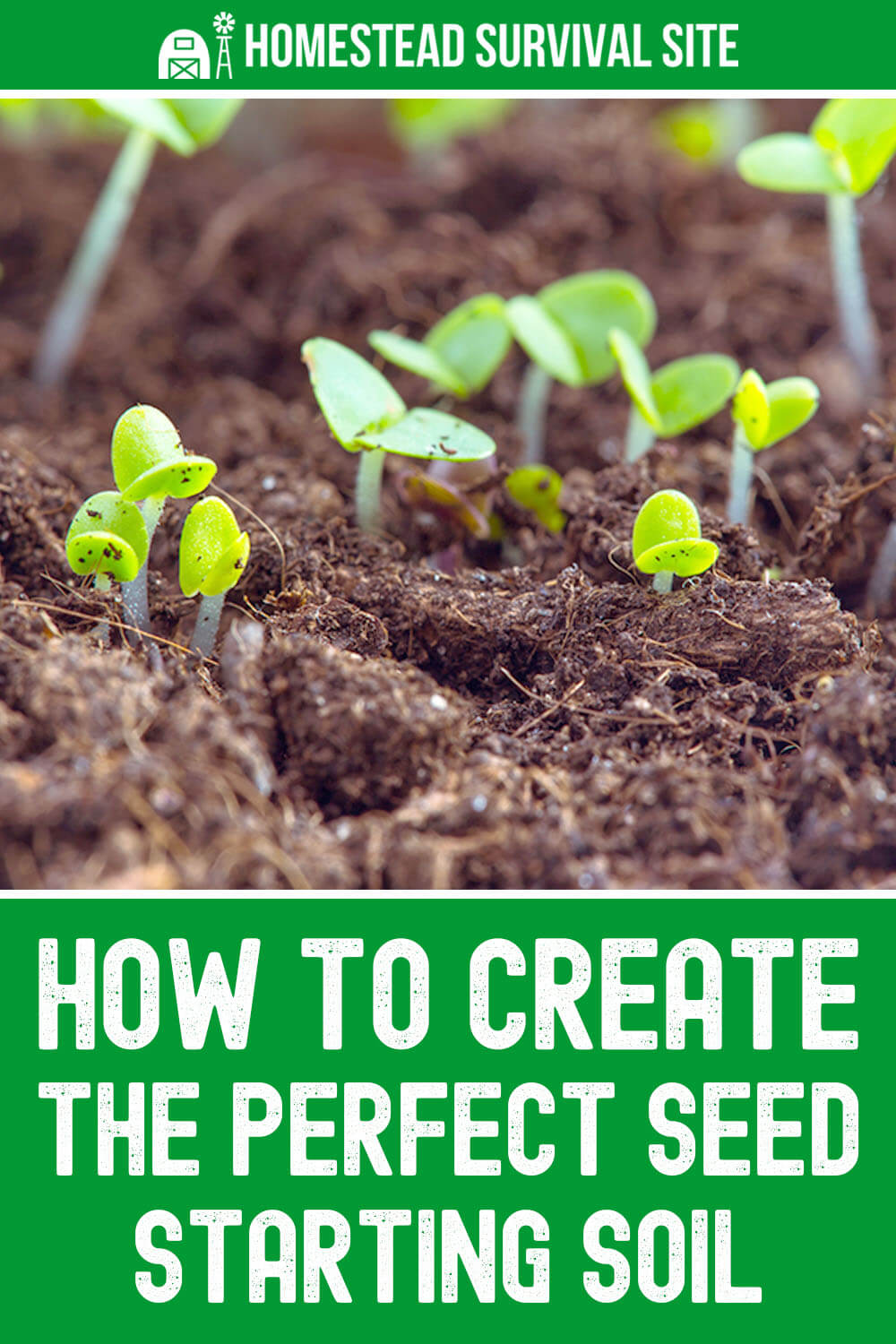


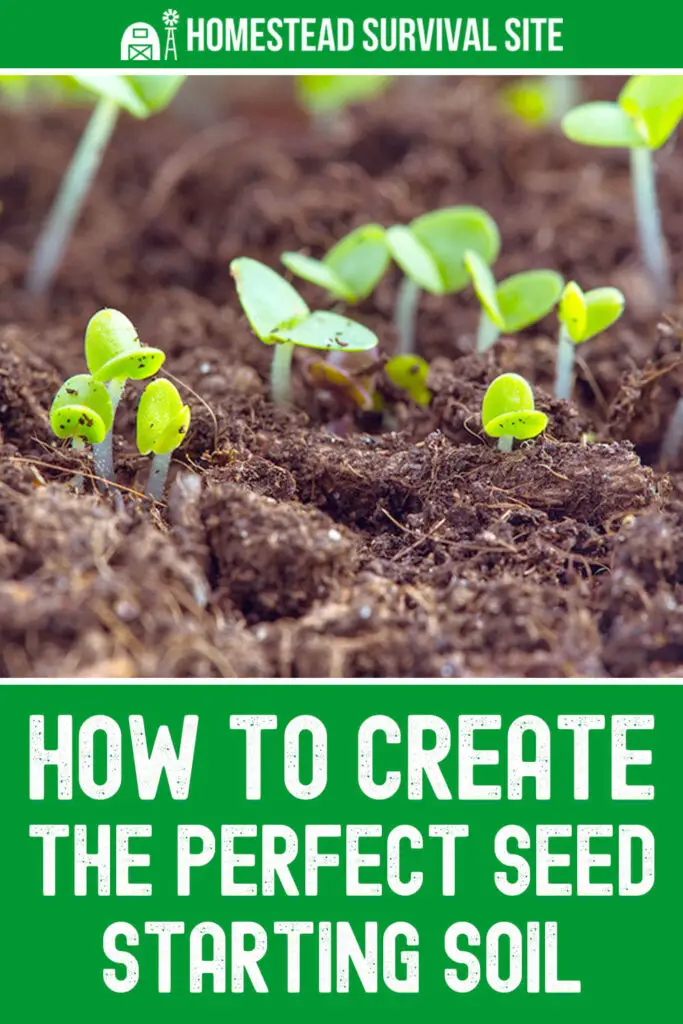

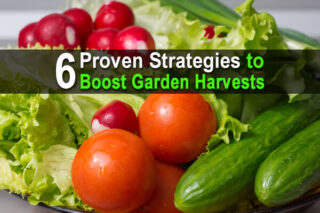
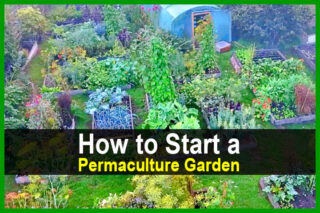
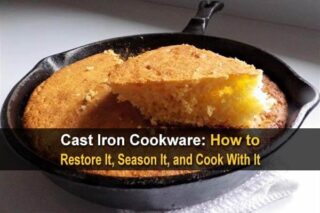
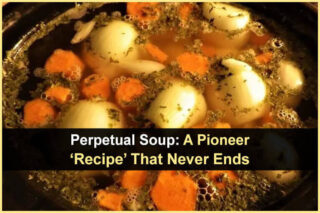
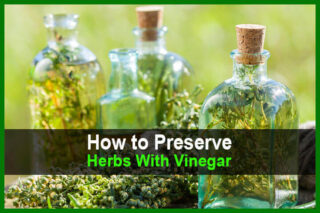
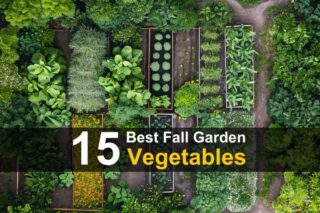

Unable to save in PDF, not added to topic..
Peat is *not renewable or sustainable btw! Thx for the other tips about microbes